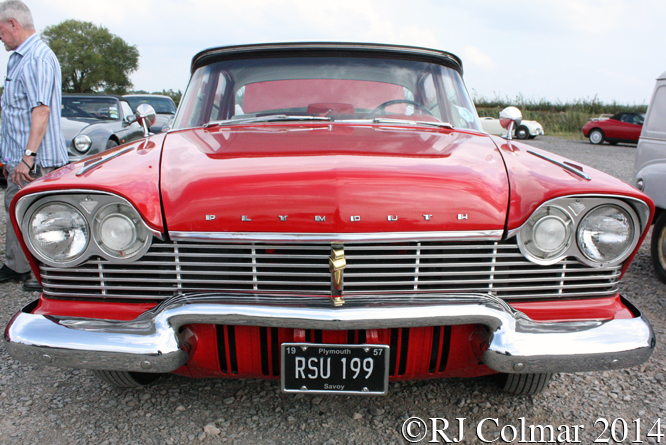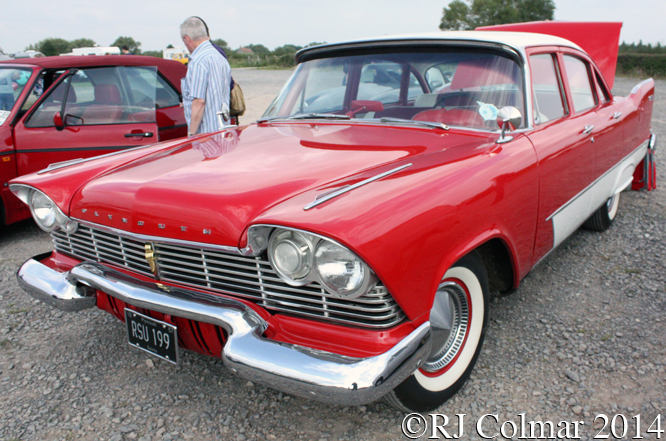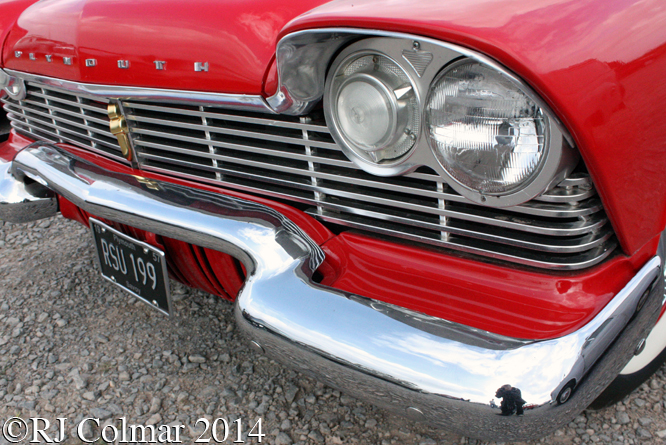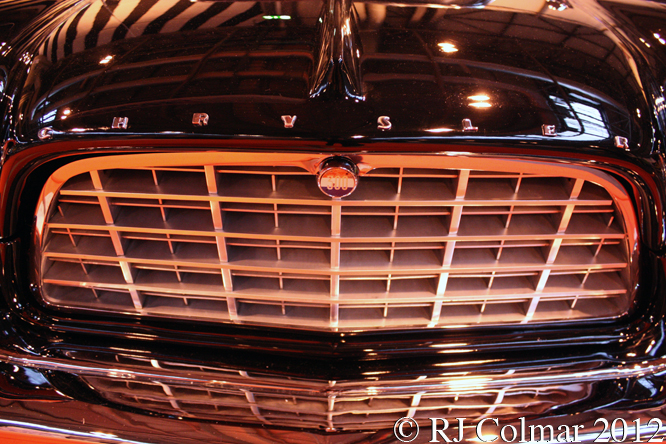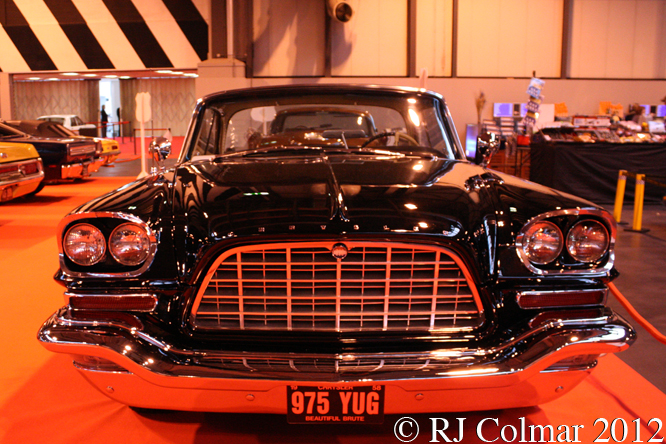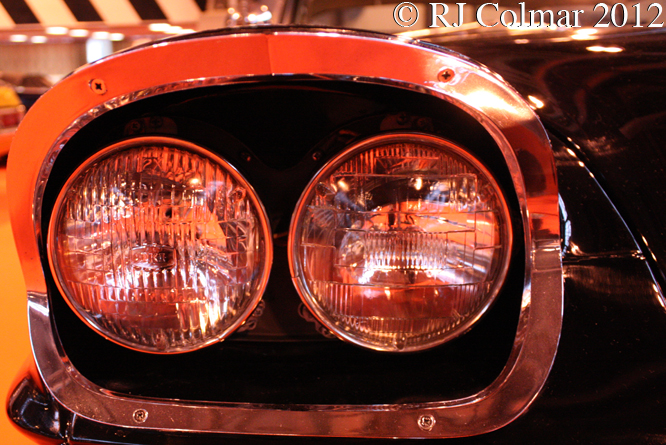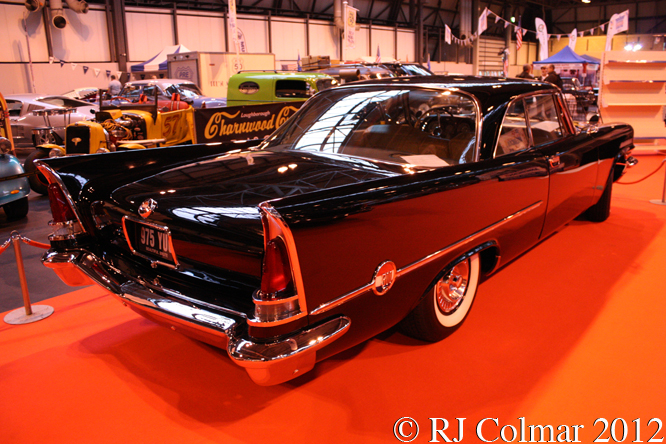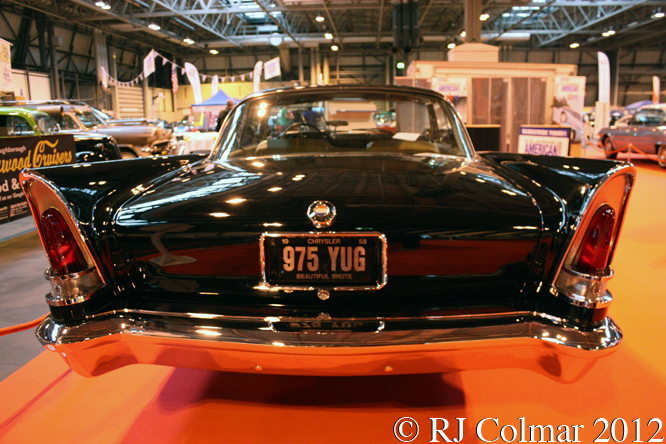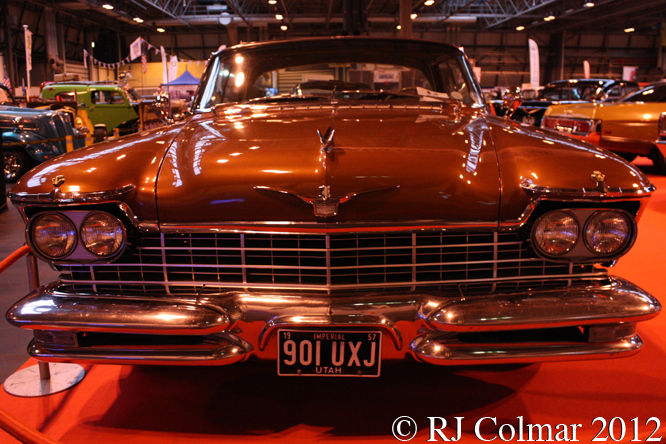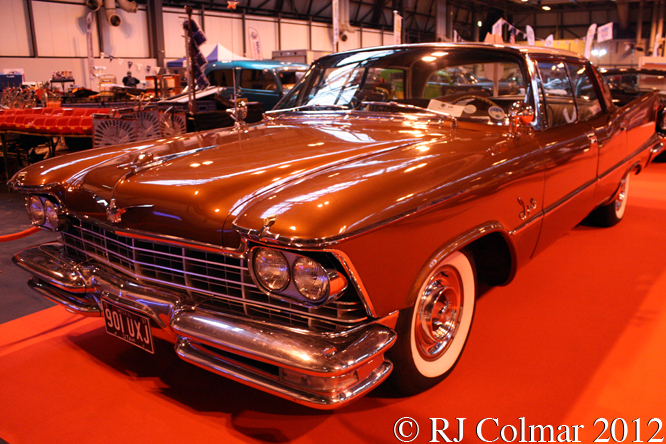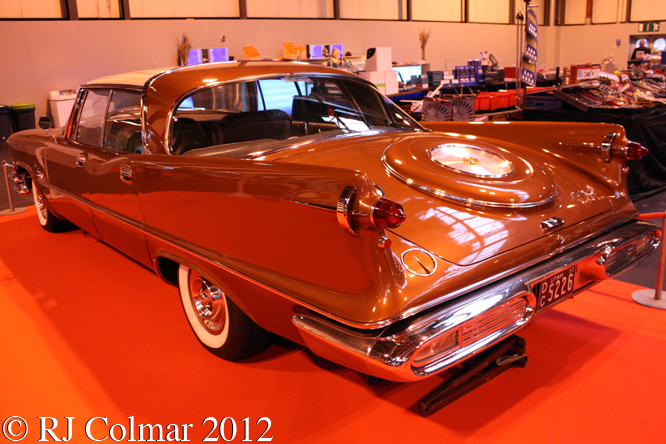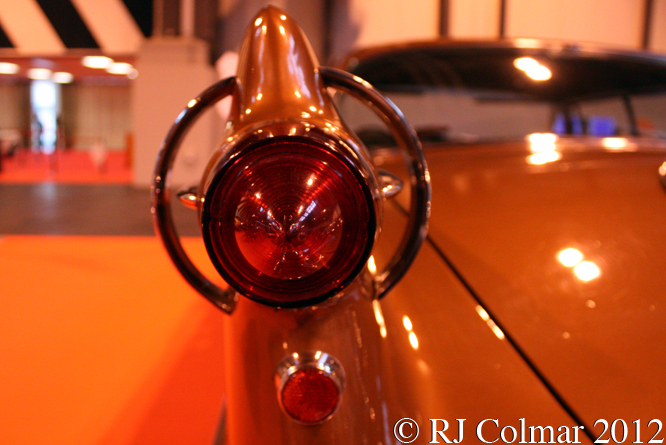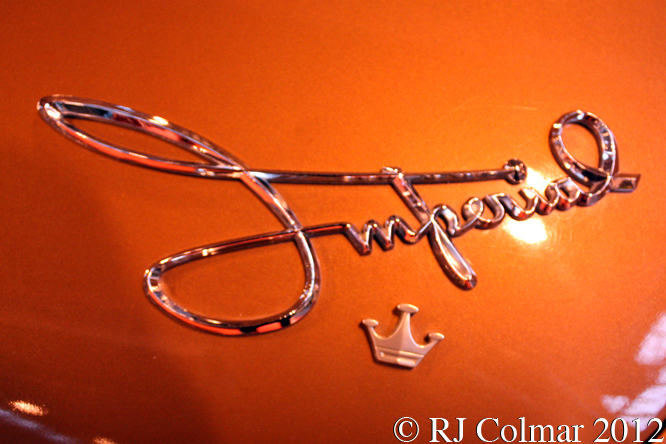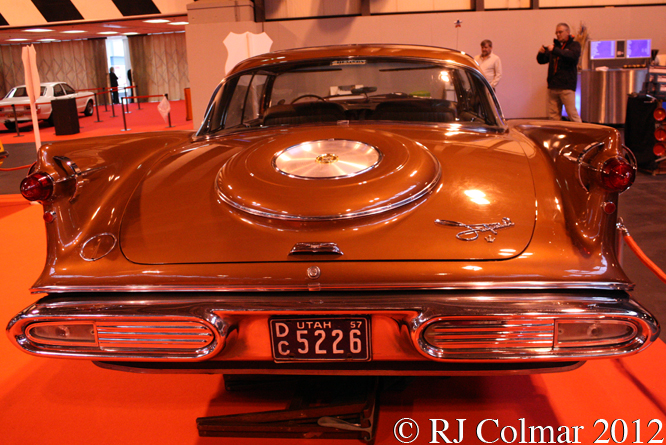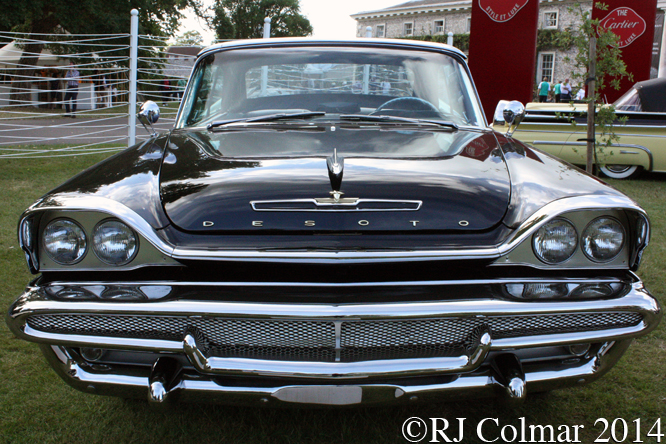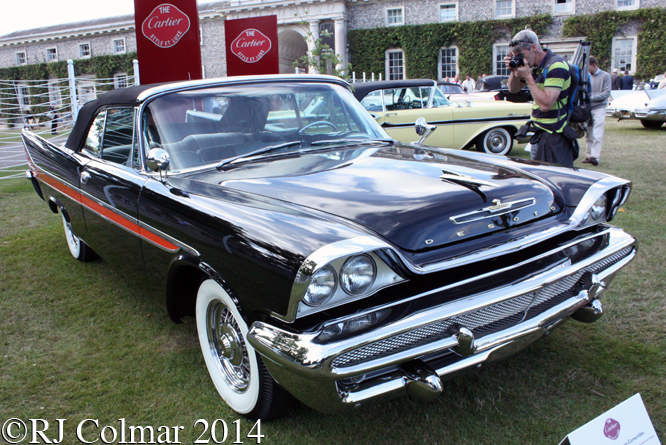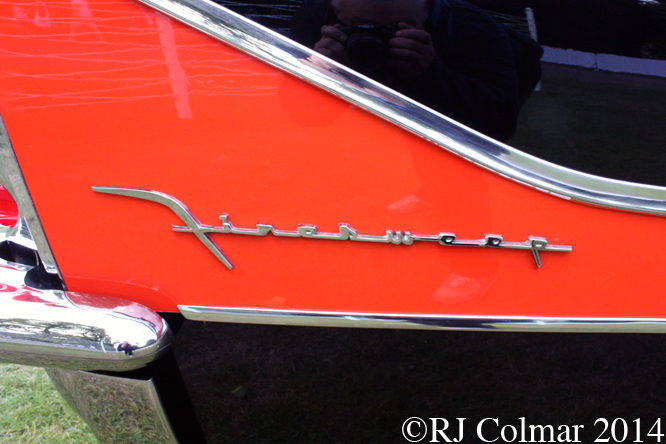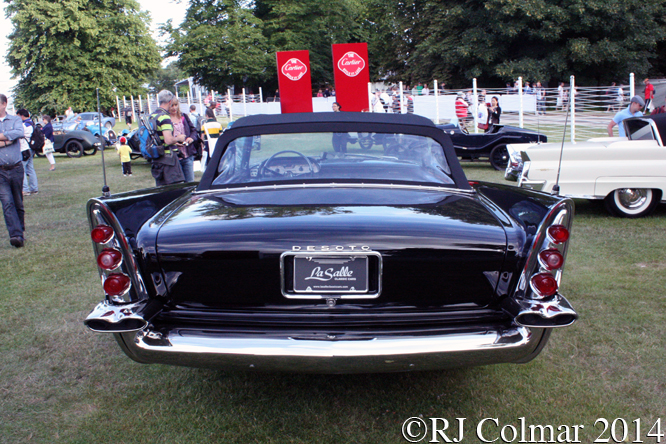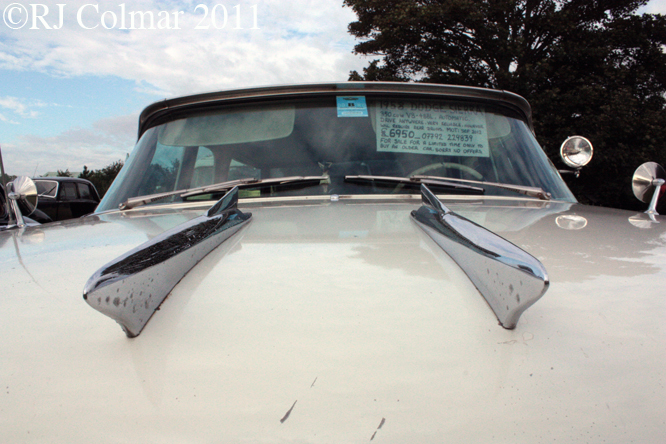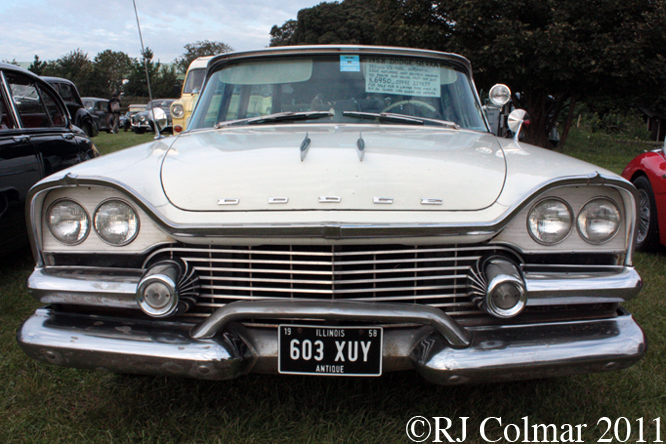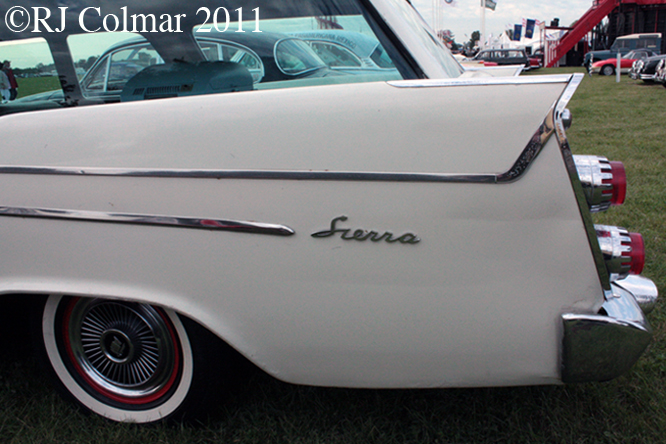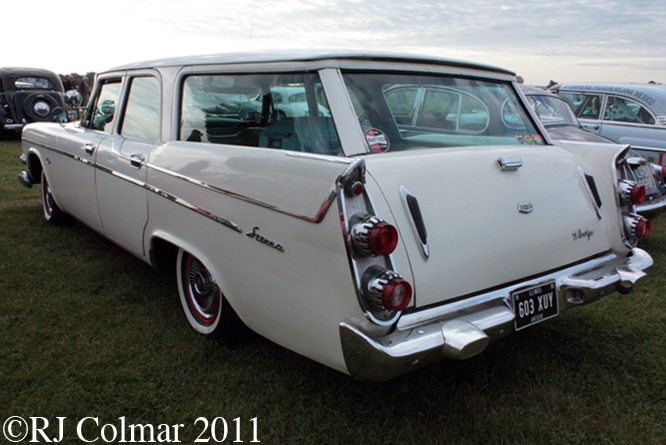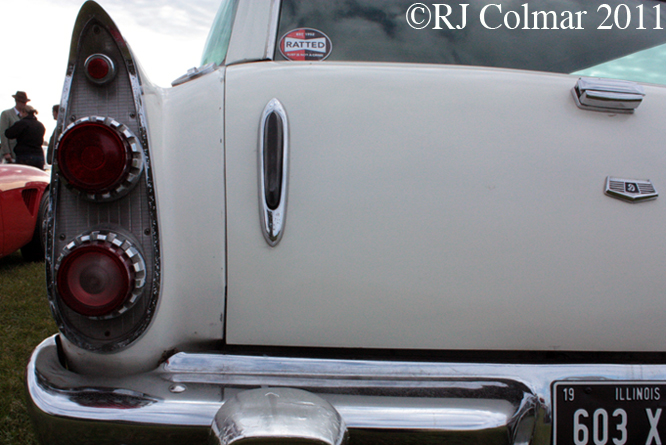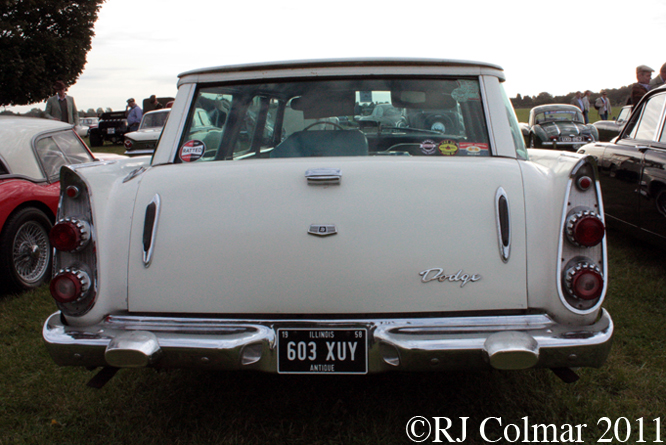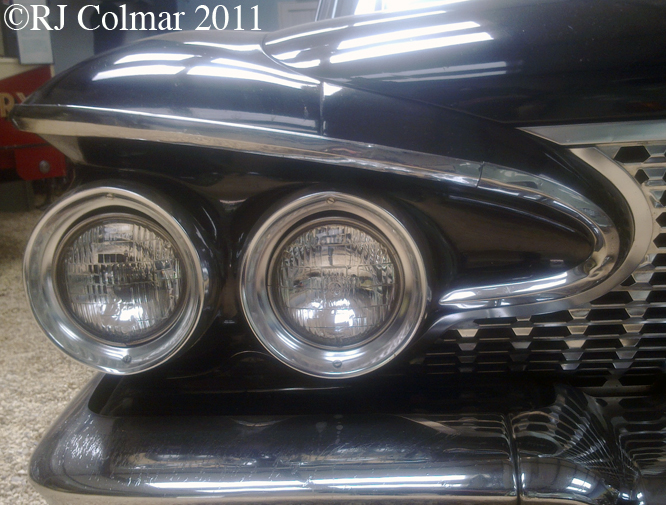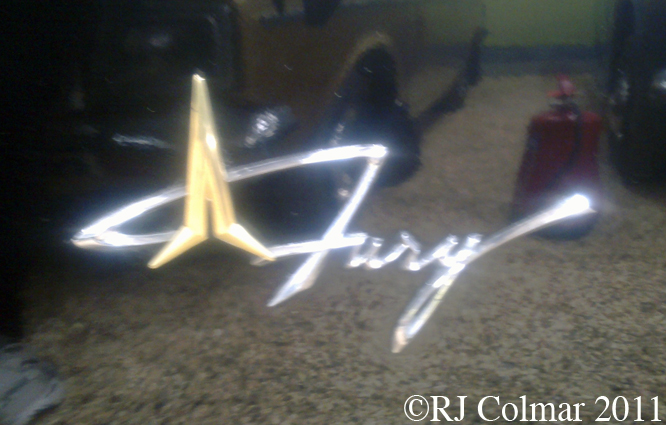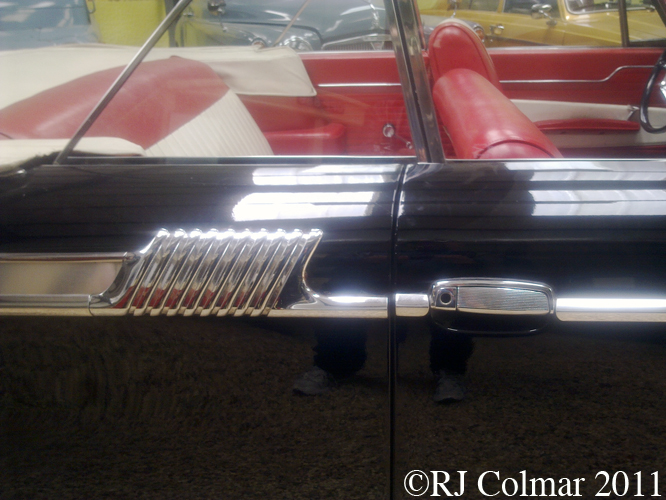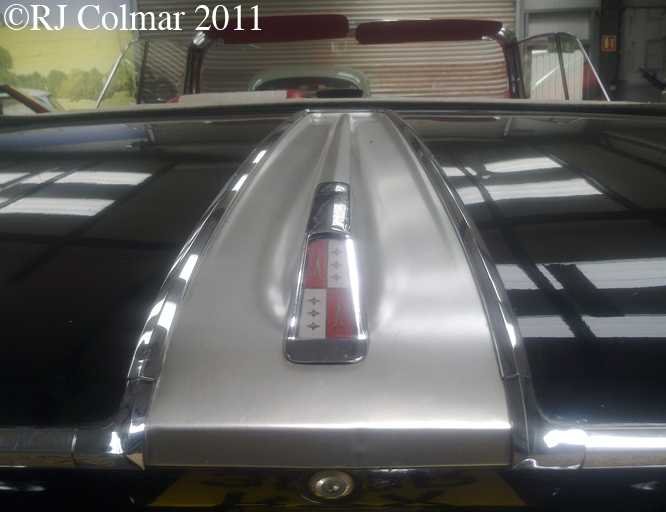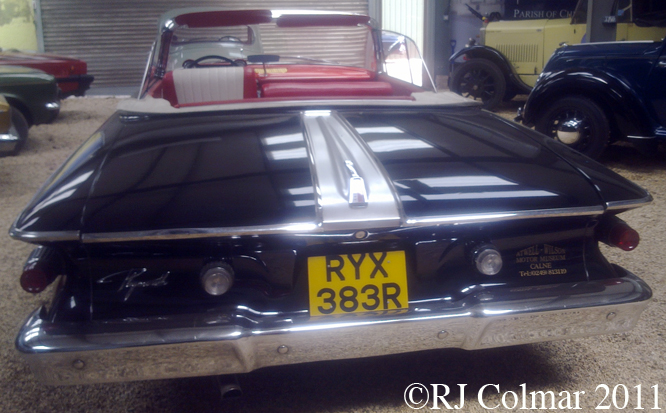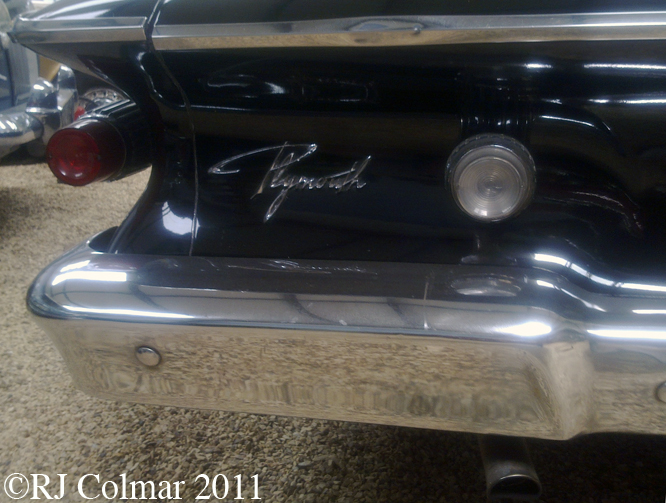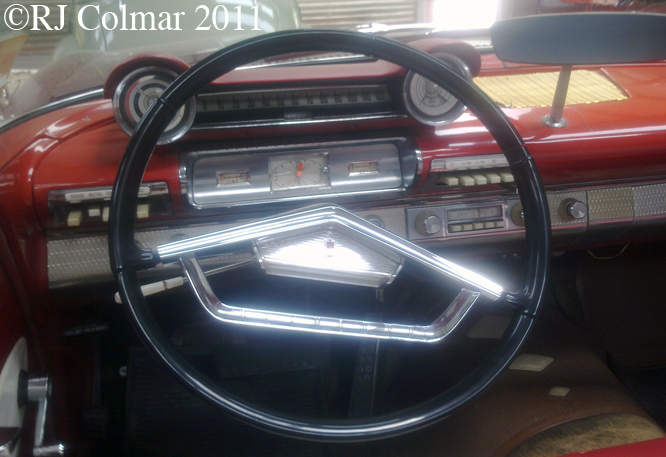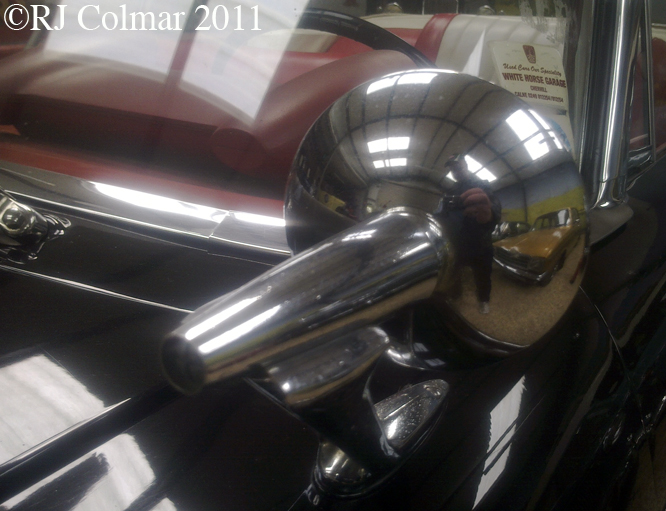From it’s introduction in 1939 the Chrysler Windsor was one level up from the entry level Chrysler Royal until the demise of the latter in 1950 when the Windsor became the entry level model a position it held until the arrival of the Chrysler Newport in 1961 one year before the Windsor model name was retired.
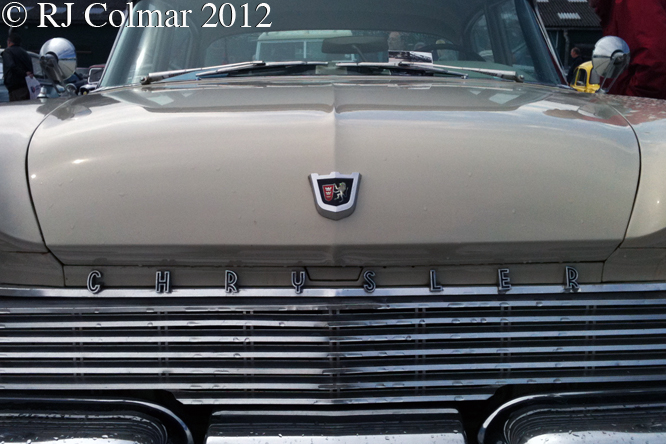
In 1957 the sixth generation Chrysler Windsor was launched with, distinctive Virgil Exner styled tail fins and torsion bar Air Ride suspension, the following year Windsors made up 42.36% of Chrysler’s sales.
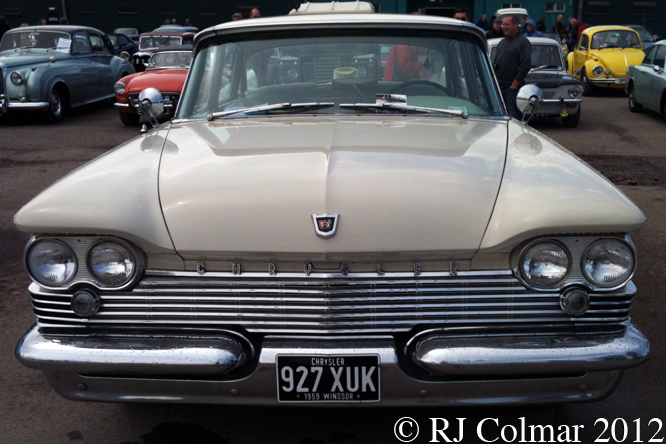
7th generation Windsors featured an interim face lift and upgrade on the 6th generation models and were only built during the 1959 model year.
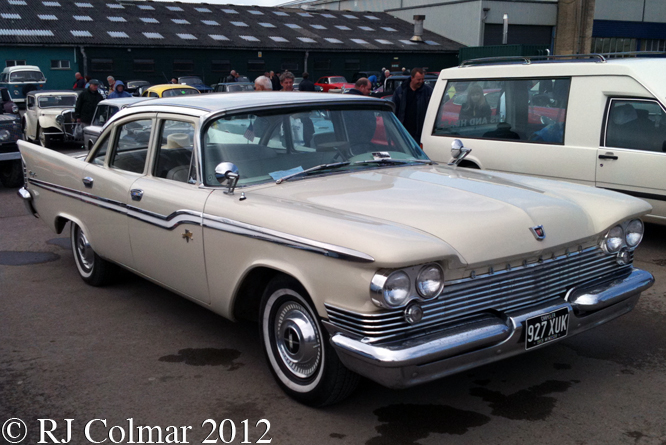
External style differences included an outward flare at the top of the front wing / fender panels even more chrome on the front grill and bumper and kinked chrome side trim running the length of the vehicle.
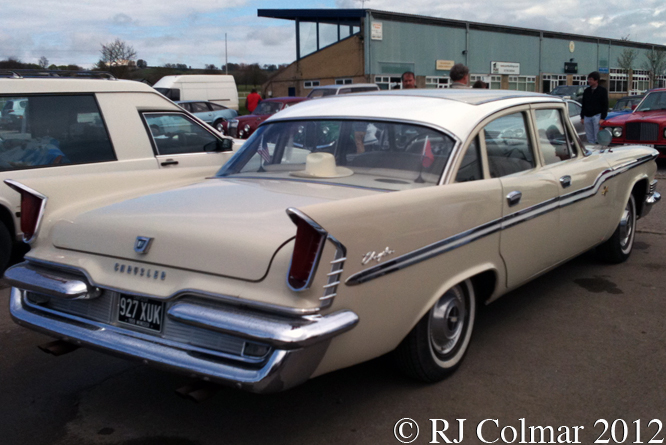
Big news for US customers was the new wedge head RB385 V8, the twin barrel carb Golden Lion 385 cui / 6,309 cc motor produced 305 hp up from 290hp on the previous Spitfire powered model, Canadian customers had to make do with the 295hp R361 Low Block V8.
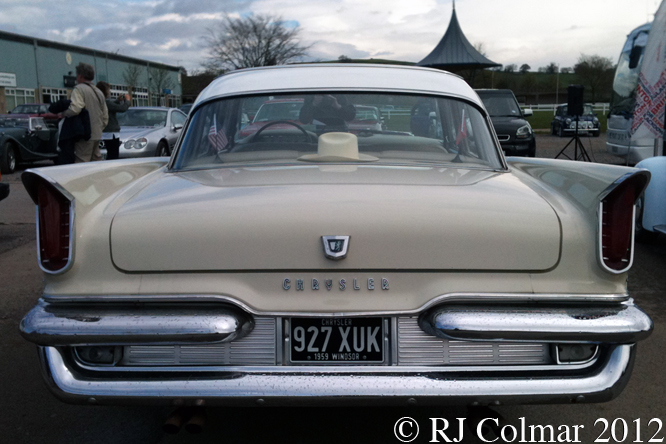
The US Spec Golden Lion powered ’59 sedan seen in these photographs taken at Bristol Classic Car Show, Shepton Mallet was first registered in the UK on the 1st of May 2008.
Thanks for joining me on this “Golden Lion” edition of “Gettin’ a li’l psycho on tyres” I hope you will join me again tomorrow for Ferrari Friday. Don’t forget to come back now !


